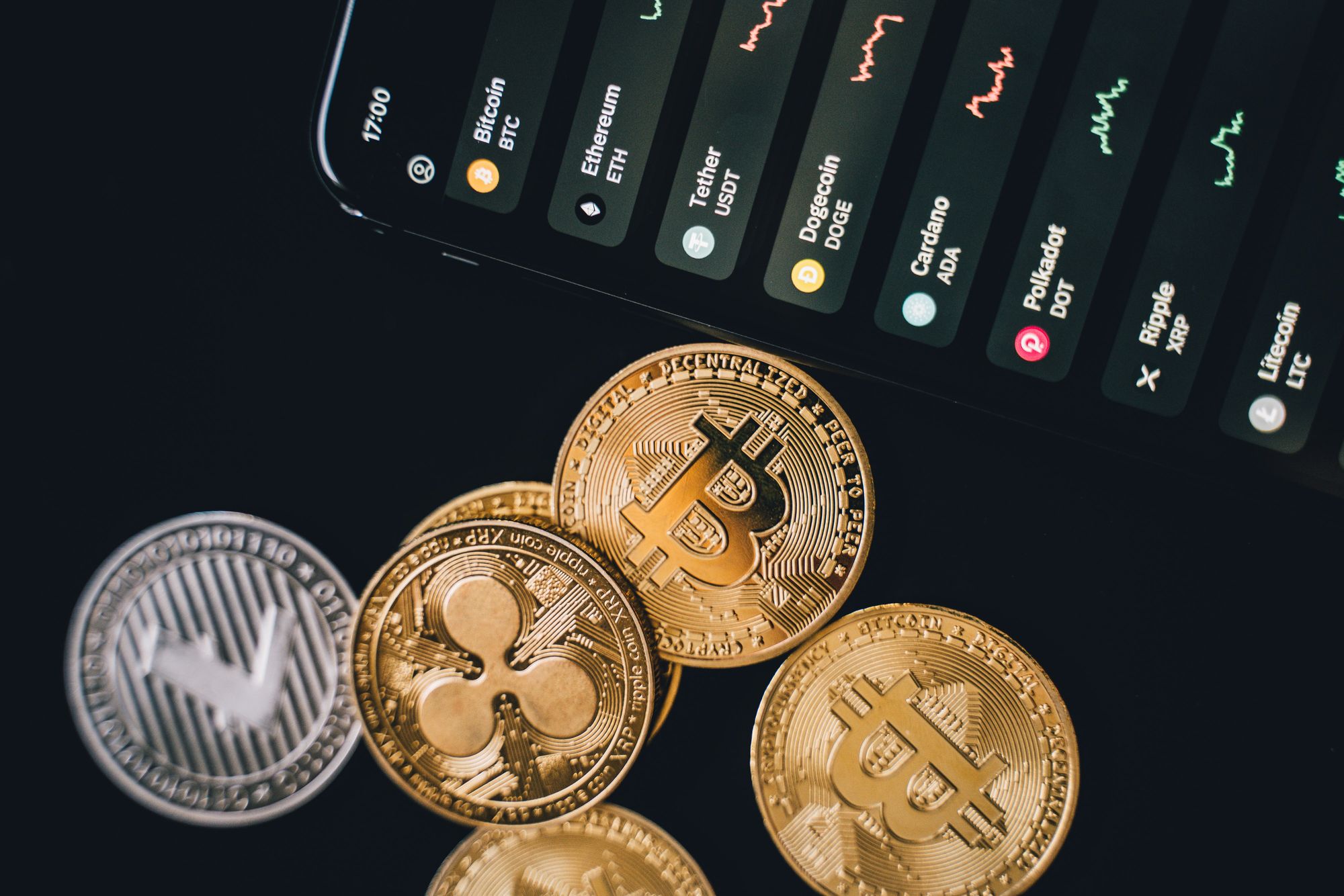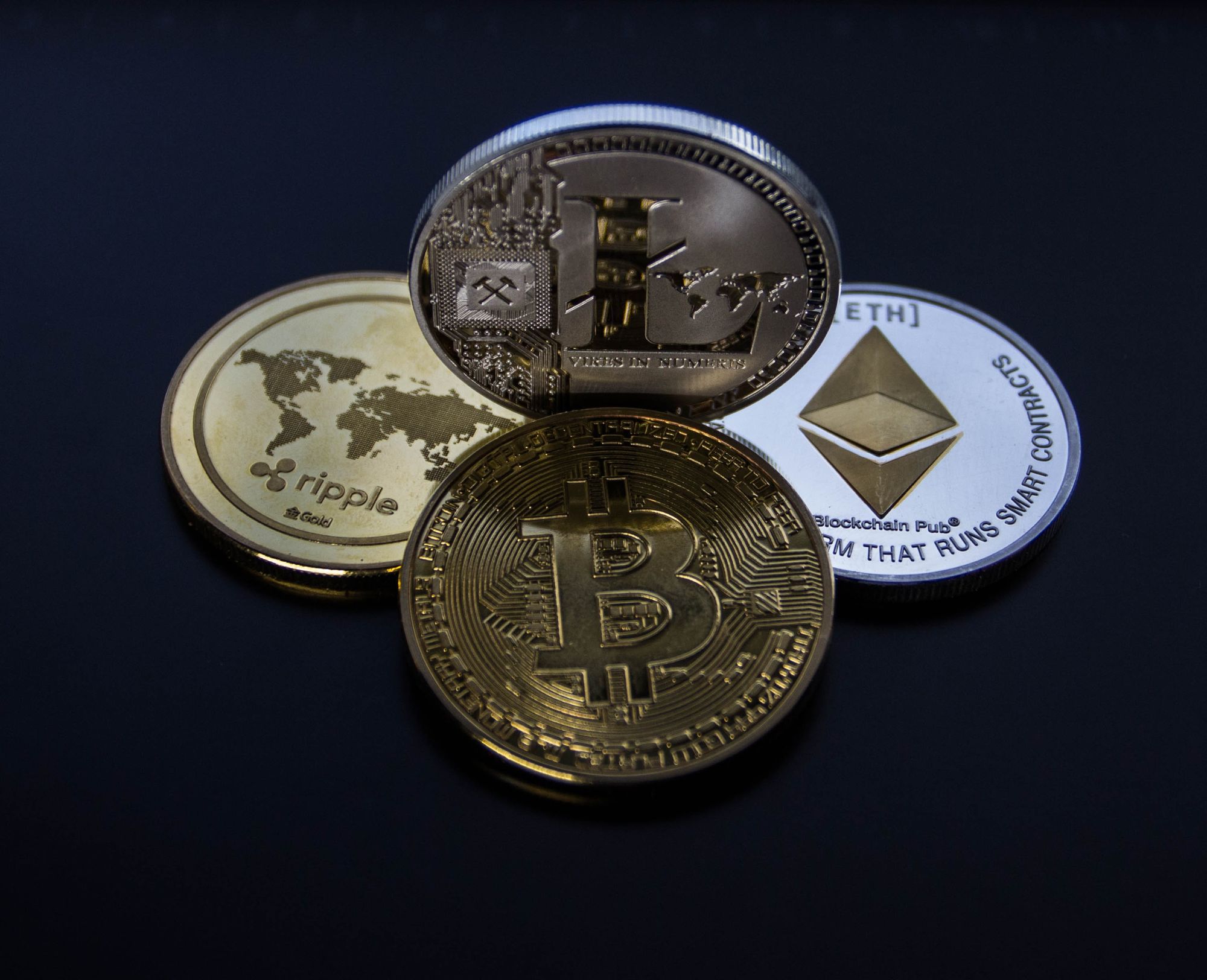What Gives Cryptocurrency Value?
Cryptocurrency currently has a global market capitalisation of $909 Billion. Bitcoin has a market cap of $334 Billion, while Ethereum is at $156 Billion. Looking at these numbers, it's evident the crypto industry is valuable. But how does it get this value?


Cryptocurrency currently has a global market capitalisation of $909 Billion. Bitcoin has a market cap of $334 Billion, while Ethereum is at $156 Billion. Looking at these numbers, it's evident the crypto industry is valuable. But how does it get this value? This article answers the question and adds some extra interesting information about crypto you may not have known.
What is Cryptocurrency?
Cryptocurrency is a digital currency that exists in the form of coins and tokens. It's a digital asset you can access from anywhere in the world at any time. It is used for online trading and payments, and as a store of value. The most popular cryptocurrency is Bitcoin. Other popular cryptocurrencies include Ethereum (ETH), Solana (SOL), Cardano (ADA), and Tether (USDT).
Cryptocurrency is supported by blockchain technology. The blockchain records crypto financial transactions and history and validates ownership of coins and tokens.
The most mainstream use of crypto is payment for goods and services by individuals and businesses. It's also used to send funds locally and internationally. With a crypto wallet, you can send or receive money from nearly anywhere in the world with lower processing fees than fiat money.
What gives cryptocurrency value?
Like any currency, crypto gets most of its value from utilisation. However, cryptocurrency doesn't have a centralised ruling authority or governing body like The Federal Reserve for the Dollar, the Bank of England for the Pound, or the Central Bank of Nigeria for the Naira.
In the stock market, a company or business's worth is calculated by multiplying the stock price by the number of shares to show market capitalisation. Depending on demand and supply, the price of a stock can either go down or rise. The higher the demand for a stock, the higher its price. The same principle applies to crypto. Increased demand for a cryptocurrency sends its price up. Lower demand sends it plummeting down.
Demand for cryptocurrency depends on several factors. These are the top three factors that affect cryptocurrency demand and value:
- Utility Factor
The utility is perhaps the most essential factor that determines a cryptocurrency's value. If a coin or token has an apparent use, people would trade it and use it as a store of value.
For example, stablecoins like Tether (USDT) have become an easy way for people to send money locally and internationally. In 2021, Chainalysis, a blockchain data platform, revealed that Africa received $105.6 billion worth of cryptocurrency—a 1,200% increase from $8.8 billion in 2020. Stablecoins made up a large portion of these figures.
Another example of crypto utility is how Bitcoin (BTC) can be used to pay for Microsoft products and make donations to Wikipedia. Ethereum (ETH) is used to pay for NFTs and digital art. Sandbox (SAND) and Axie Infinity (AXS) are used to pay for The Sandbox and Axie Infinity online games, respectively.
How a coin is developed, and the purpose it is created to serve has a tremendous impact on its value. That's why only about 20 coins make up about 99% of the total crypto market cap, despite there being over 5000 cryptocurrencies in existence.

- Popularity and Acceptance Metrics
Cryptocurrency prices (and, by extension, value) are affected by popularity metrics like:
- How many people know it exists and can be used for transactions?
- How many thought leaders, influencers and prominent figures support it?
- How often is it discussed on the news or social media?
- Are there communities focused on its growth or use?
- How many people are watching its growth?
- What is the ratio of positive to negative press about it?
Here's an example of popularity metrics affecting cryptocurrency value:
On May 12, 2021, when Elon Musk tweeted that Tesla would stop accepting Bitcoin as payment because of environmental challenges, the price of BTC dropped around 15%. Twelve days later, Musk tweeted positively about the North American bitcoin miners' plan to publish renewable usage, and the price of Bitcoin went up 4%.
- Regulation
One of cryptocurrency's major selling points is its decentralised regulation.
Cryptocurrency runs on decentralised finance (commonly known as DeFi). DeFi lets you do most things banks typically offer, like trade assets, earn interest and so on - but quicker and without third-party services and a mountain of paperwork.
Cryptocurrency is majorly free from centralised authority control like traditional banking. This lack of conventional regulation is positive for some people and pulls them into using crypto.
For others, it is a discouraging factor. Nonetheless, the positive pull has been significant enough to drive up cryptocurrency value. For each crypto critic, there's a crypto enthusiast. And this kind of balance helps to keep cryptocurrency in a valuable margin.

The Global Crypto Adoption Rate in 2022
There are nearly 320m crypto owners worldwide, a 275% increase from January 2022.
The number of 2021 "crypto" google searches fell from its 2021 levels but is still above its 2020 peak. Historically, search volume is heavily linked to crypto value and is a reliable metric for technical and fundamental analysis.
Financial advisors are also dipping a foot into the water, and nearly half own crypto assets. According to Bitwise, 9 out of 10 financial advisors advised their clients about cryptocurrency. 16% of advisors allocated their clients to crypto.
Emerging markets and lower-middle-income countries are leading the global crypto adoption index. According to the chainalysis list of the top 20 ranked countries for crypto adoption:
Ten are lower-middle income - Vietnam, Philippines, Ukraine, India, Pakistan, Nigeria, Morocco, Nepal, Kenya, and Indonesia. Eight are upper-middle income - Brazil, Thailand, Russia, China, Turkey, Argentina, Colombia, and Ecuador. Two are high-income - the United States and the United Kingdom.
General cryptocurrency adoption seems to have slowed, as expected in a bear market. However, it is still above the pre-2019 bull market level.
Cryptocurrency is still in its early stages, despite being a decade old. Compared to traditional currencies like the Dollar and Pound, which have been around for centuries, crypto is still in its infancy and is finding its feet.
However, what gives it value is similar to what gives fiat value - utility and popularity. The more cryptocurrency is widely accepted and used for daily individual, business, and corporate transactions, the more its value increases.
Disclaimer: This article was written by the writer to provide guidance and understanding of cryptocurrency trading. It is not an exhaustive article and should not be taken as financial advice. Obiex will not be held liable for your investment decisions.
